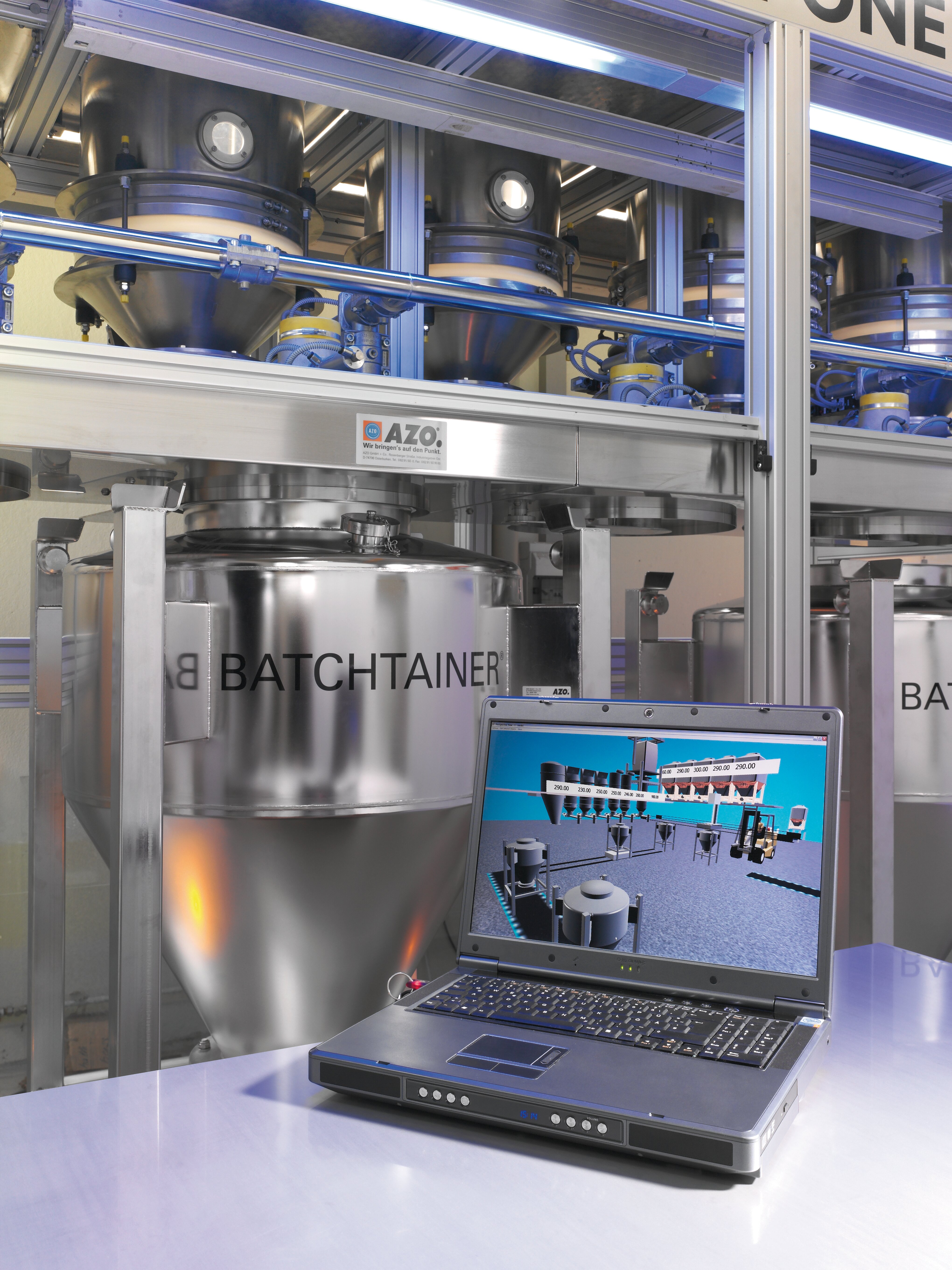Function
The simulation engine is at the heart of the simulation tool. It processes the events and the resulting data when running the model according to the implemented rules. The engine makes function calls and carries out calculations, generates random values as input data and writes intermediate and final results into pre-determined targets. The use of random numbers is thereby an extremely important principle. A procedure cannot be repeated in reality up to the fraction of a second with the same timing; the simulation considers this fact by providing a large number of different random number generators, in order to be able to emulate natural distributions as exactly as possible as is the case in reality. The decisive difference of the simulation model to a real plant is that the simulation can run in fast motion.
Depending upon the complexity of the model the execution speed can be 10 times, 100 times, 1000 times or even higher than in reality. Therefore daily or weekly productions can be pre-calculated within a short time, input parameters can be modified and statements concerning the appropriate effects, which would only be able to be observed after a few days in reality, can be predicted after a short time.
This also allows creating various scenarios, which are automatically executed by a so-called experimenter. The performance of each scenario can be deduced from a number of pre-defined, user-specific indicators, for example production time, throughput, idle time or costs. The input data and the simulation results can be easily exchanged with Office programmes or data bases.
